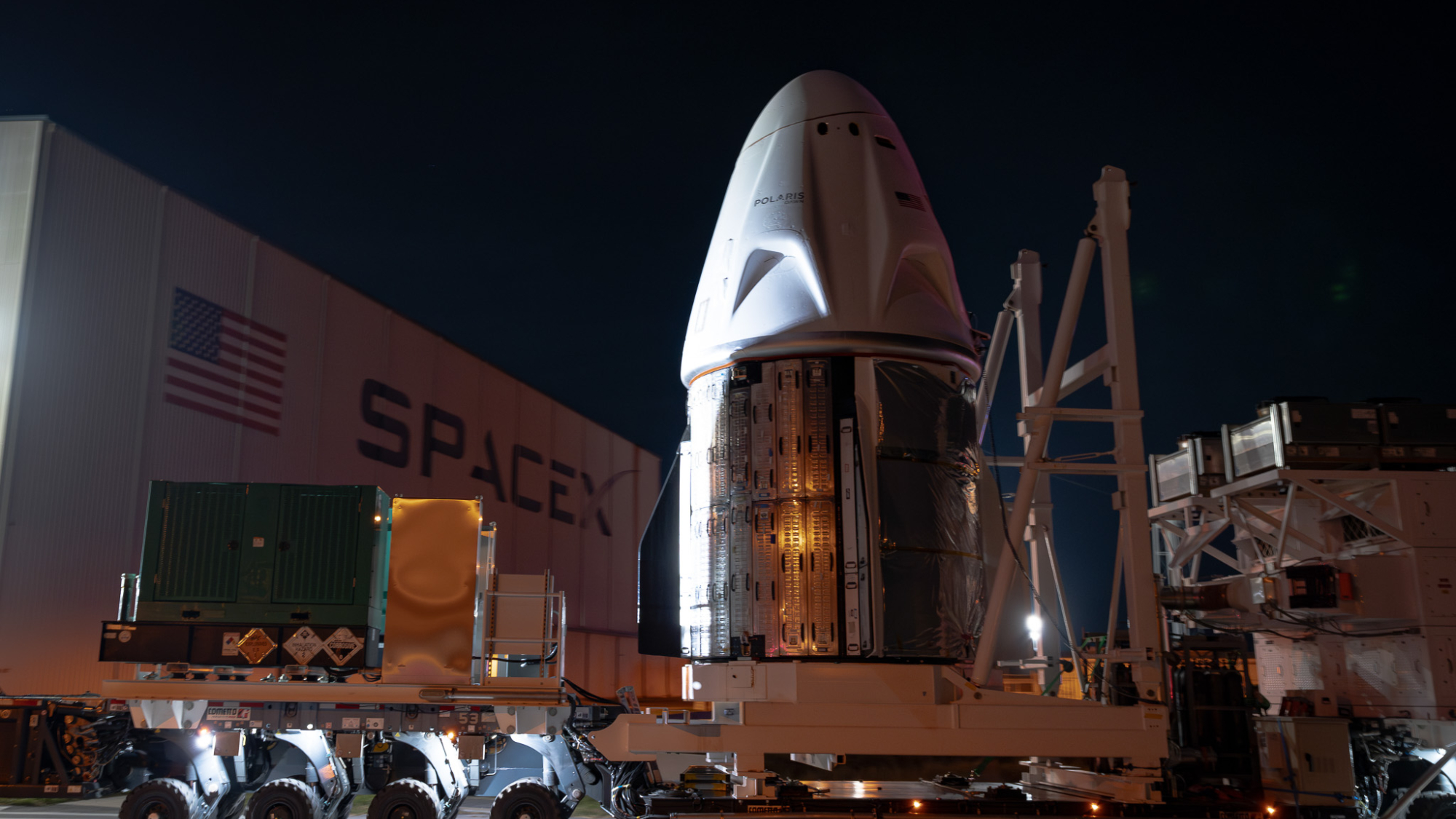
HELSINKI — A satellite manufacturer for China’s Thousand Sails megaconstellation has raised over 1 billion yuan in Series A+ funding.
Shanghai Gesi Aerospace Technology, also known as Genesat, announced the more than 1 billion yuan (approximately $137 million) funding round Dec. 30. The main investors include China’s National Manufacturing Transformation and Upgrading Fund, China Development Bank Science and Technology Innovation, Guosheng Capital, SIMIC Capital and Shanghai FTZ Fund.
The company did not state what the funding would be used for. Possible uses include research and development, manufacturing facilities, product innovation and market expansion.
Genesat’s primary mission is to develop and manufacture satellites for the Qianfan (Thousand Sails) low Earth orbit (LEO) communications megaconstellation. Genesat was established in 2022 by the Chinese Academy of Sciences’ Innovation Academy for Microsatellites (IAMCAS) and Shanghai Spacecom Satellite Technology, also known as Spacesail.
Spacesail aims to construct a 14,000-satellite constellation, with the aim of having around 600 satellites in orbit by the end of 2025. The project aims to provide global connectivity and challenge Starlink and other Western satellite communications providers.
In February 2024 Spacesail secured 6.7 billion yuan (approximately $943 million) in series A funding. Spacesail was the Chinese side of the former KLEO Connect Chinese-European joint venture constellation project.
Spacesail has 56 satellites in orbit, following the launch of three batches of 18 satellites on Long March 6A rockets in 2024. The second batch, launched in October, was developed by Genesat. The first flat-panel satellites for the Thousand Sails constellation rolled off the assembly line in December 2023. A Long March 8 rocket is expected to launch the next batch of satellites from the new Hainan commercial spaceport in the near future.
The efforts are supported by the Shanghai government, which last year initiated the Shanghai Action Plan to Promote Commercial Aerospace Development and Create a Space Information Industry Highland (2023-2025). The initiative envisions building capacity for an annual output of 50 commercial rockets and 600 commercial satellites by 2025.
The strategic National Manufacturing Transformation and Upgrading Fund earlier in December provided Chinese commercial launch startup Landspace with $123 million. The developments indicate strong government backing for Chinese commercial space activities and adhere to previously stated government priorities.
Meanwhile, the first satellites for the national Guowang megaconstellation, with a planned 13,000 satellites, launched on a Long March 5B rocket Dec. 16.
The four launches for Thousand Sails and Guowang were part of a Chinese national record 68 launch attempts across 2024, contributing to a record of more than 260 satellites sent into orbit. The initiation of these megaconstellation projects, the advances made by commercial launch firms and the expansion of space launch infrastructure in China suggest rapid growth in Chinese launch activities in 2025.
Andrew Jones covers China’s space industry for SpaceNews. Andrew has previously lived in China and reported from major space conferences there. Based in Helsinki, Finland, he has written for National Geographic, New Scientist, Smithsonian Magazine, Sky…
More by Andrew Jones
Note: This article have been indexed to our site. We do not claim legitimacy, ownership or copyright of any of the content above. To see the article at original source Click Here














